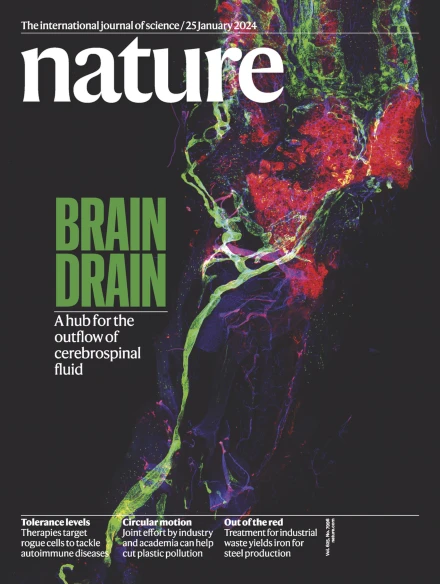The shaping of terrestrial planets by late accretions
IF 50.5
1区 综合性期刊
Q1 MULTIDISCIPLINARY SCIENCES
引用次数: 0
Abstract
Terrestrial planets—Mercury, Venus, Earth and Mars—formed by the accretion of smaller objects. The Earth was probably the latest terrestrial planet to form and reached about 99% of its final mass within about 60–100 Myr after condensation of the first solids in the Solar System. This Review examines the disproportionate role of the last approximately 1% of planetary growth, or late accretion, in controlling the long-term evolution of the Earth and other terrestrial planets. Late accretion may have been responsible for shaping Earth’s distinctive geophysical and chemical properties and generating pathways conducive to prebiotic chemistry. Differences in the late accretion of a planet may provide a rationale for interpreting the distinct properties of Venus and Earth (for example, tectonism, atmospheric composition, water content), the surface dichotomy of Mars and the high core-to-silicate mass ratio of Mercury. Large collisions and ensuing processes are likely to occur and modulate the evolution of rocky exoplanets as well, and they should be considered in our quest to find Earth-like worlds. Differences in the role of late accretion in the long-term evolution of terrestrial planets are shown to possibly lead to distinct geophysical and chemical properties, as well as pathways conducive to prebiotic chemistry.

由晚期吸积形成的类地行星
类地行星——水星、金星、地球和火星——是由较小天体的吸积形成的。地球可能是最晚形成的类地行星,在太阳系第一批固体凝结后的60-100迈内达到了99%的最终质量。这篇综述研究了最后大约1%的行星生长或晚期吸积在控制地球和其他类地行星的长期演化中的不成比例的作用。晚期增生可能塑造了地球独特的地球物理和化学特性,并产生了有利于生命前化学的途径。行星后期吸积的差异可能为解释金星和地球的不同特性(例如,构造、大气成分、水含量)、火星的表面二分法和水星的高核硅质量比提供了理论依据。大型碰撞和随后的过程很可能发生,也会调节岩石系外行星的演化,在我们寻找类地行星的过程中应该考虑到这一点。
本文章由计算机程序翻译,如有差异,请以英文原文为准。
求助全文
约1分钟内获得全文
求助全文
来源期刊

Nature
综合性期刊-综合性期刊
CiteScore
90.00
自引率
1.20%
发文量
3652
审稿时长
3 months
期刊介绍:
Nature is a prestigious international journal that publishes peer-reviewed research in various scientific and technological fields. The selection of articles is based on criteria such as originality, importance, interdisciplinary relevance, timeliness, accessibility, elegance, and surprising conclusions. In addition to showcasing significant scientific advances, Nature delivers rapid, authoritative, insightful news, and interpretation of current and upcoming trends impacting science, scientists, and the broader public. The journal serves a dual purpose: firstly, to promptly share noteworthy scientific advances and foster discussions among scientists, and secondly, to ensure the swift dissemination of scientific results globally, emphasizing their significance for knowledge, culture, and daily life.
 求助内容:
求助内容: 应助结果提醒方式:
应助结果提醒方式:


